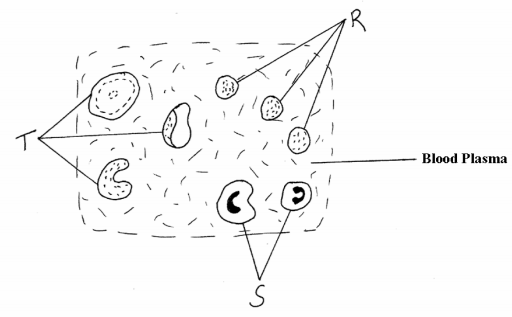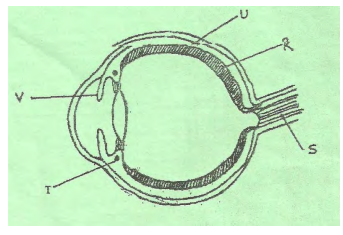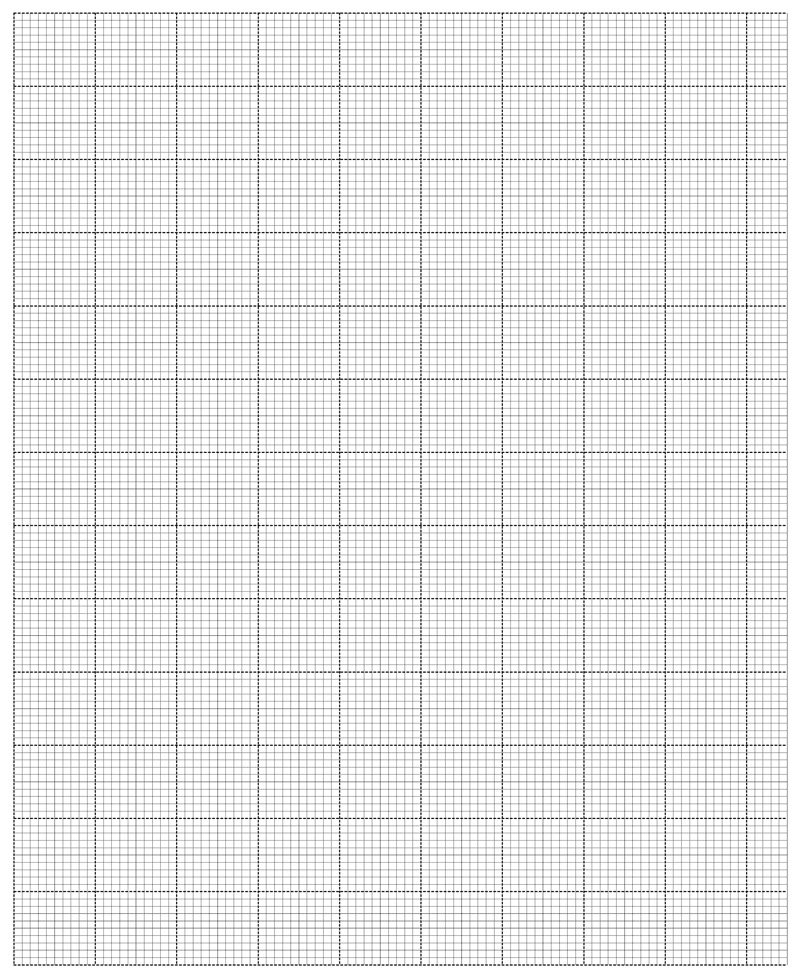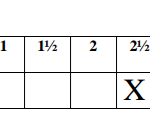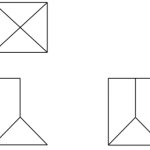KNEC KCSE Biology Paper 2 Question Paper / 2016 KCSE KAMDARA JET Examination
2016 KCSE KAMDARA JET Examination
Biology Paper 2
SECTION A: (40 Marks)
Answer all the questions in this section in the spaces provided.
(a) What is meant by the term (2mks)
(i) Allele
(ii) Test cross
(b) Describe the following chromosomal mutations:
i) Inversion (1mks)
………………………………………………………………………………………………
……………………………………………………………………………………………..
ii) Translocation (1mks)
………………………………………………………………………………………………
…………………………………………………………………………………………….
(c) In mice the allele for black fur is dominant to the allele for brown fur. What percentage of
offspring would have brown fur from a cross between heterozygous black mice? Show your
working. Use letter B to represent the allele for black fur. (4mks)
8 marks
The diagram below shows a cross – section through a pistil.
(a) Name the structures labeled K, L and M: (3 mks)
K
………………………………………………………………………………………………
L
………………………………………………………………………………………………
.
M
……………………………………………………………………………………………
(b) What do the following parts develop into after fertilization?: (2 mks)
Part L:……………………………………………………………………………………
Part N:-…………………………………………………………………………………
(c) State three ways by which plants promote cross fertilization. (3 mks)
8 marks
Study the diagrams below and answer the questions that follow.
(a) Identify the process being investigated. (1mk)
…………………………………………………………………………………….
(b) With a reason identify the set-up in which germination will occur. (2mks)
…………………………………………………………………………………….………………
…………………………………………………………………….………………………………
…………………………………………………….………………………………………………
(c) State two roles played by water during germination. (2mks)
…………………………………………………………………………………….………………
…………………………………………………………………….………………………………
(d) Name three factors inside the seed that causes seed dormancy. (3mks)
…………………………………………………………………………………….………………
…………………………………………………………………….………………………………
…………………………………………………….………………………………………………
8 marks
The figures below represent mammalian tissue as seen under a light microscope.
(a) Identify the tissue (1 mk)
………………………………………………………………………………………………
(b) Name the cells represented by (3 mks)
R
………………………………………………………………………………………………
S
………………………………………………………………………………………………
T
………………………………………………………………………………………………
(c) State the function of structure S and R. (2 mks)
S
………………………………………………………………………………………………
R
………………………………………………………………………………………………
(d) Explain two adaptations of structure T to its function. (2 mks)
………………………………………………………………………………………………
………………………………………………………………………………………………
………………………………………………………………………………………………
( e ) Name the hereditary condition a person with structure T is suffering from. (1mk)
8 marks
The diagram below shows a mammalian eye.
a) Name the parts labeled R, S and T. (3 mks)
R……………………………………………………………………………………………
S……………………………………………………………………………………………
T……………………………………………………………………………………………
b) Give two adaptations of part labeled U. (2 mks)
………………………………………………………………………………………………
………………………………………………………………………………………………
………………………………………………………………………………………………
………………………………………………………………………………………………
c) Describe the changes that occur to part V when one moves from a bright room to
a dark room. (3 mks)
………………………………………………………………………………………………
………………………………………………………………………………………………
………………………………………………………………………………………………
………………………………………………………………………………………………
………………………………………………………………………………………………
………………………………………………………………………………………………
………………………………………………………………………………………………
8 marks
SECTION B (40 Marks)
Answer questions 6 (Compulsory) and either question 7 or 8 in the spaces provided after question 8.
Equal grams of maize flour were placed into two boxes K and L respectively. Equal numbers
of weevils were then introduced into the boxes. The boxes were kept under similar
environmental conditions. The weevils were counted at intervals and the results recorded in the
table below.
| No. of days after introduction of weevils | Approximate No. of weevils present K | Approximate No. of weevils present L |
| 0 | 20 | 20 |
| 5 | 20 | 20 |
| 40 | 200 | 200 |
| 60 | 550 | 800 |
| 80 | 560 | 1300 |
| 100 | 650 | 1750 |
| 120 | 640 | 1750 |
| 135 | 650 | 1740 |
| 150 | 645 | 1748 |
a) Using a suitable scale and on the same axes draw two graphs of the approximate number of
weevils present against number of days after introduction of weevils on the graph paper
provided. (8mks)
(b) What were the approximate number of weevils present in the two boxes on the 70th day?
(2mks)
Number in K: ……………………………………………………………………..
Number in L: ………………………………………………………………………………….
(c) (i) On what day was the population of weevils in K 580? (1mk)
…………………………………………………………………………………………………………………….
(ii) Between which days was the population difference greatest? (1mk)
…………………………………………………………………………………………………………………….
(d) Account for the shape of graph L between day 5 and day 100. (4 mks)
…………………………………………………………………………………………………………………………………………
…………………………………………………………………………………………………………………………………………
…………………………………………………………………………………………………………………………………………
(e) State factors that would make the human species assume the curve Kabove. (4mks)
…………………………………………………………………………………………………………………………………………
…………………………………………………………………………………………………………………………………………
…………………………………………………………………………………………………………………………………………
…………………………………………………………………………………………………………………………………………
20 marks
(a) Explain the role of Auxins in geotropic response in plants (5 mks)
(b) Describe roles of other hormones in the growth and development of plants. (15 mks)
20 marks
a) what is natural selection? (4mks)
b) Describe four evidences for organic evolution. (16mks)
20 marks


